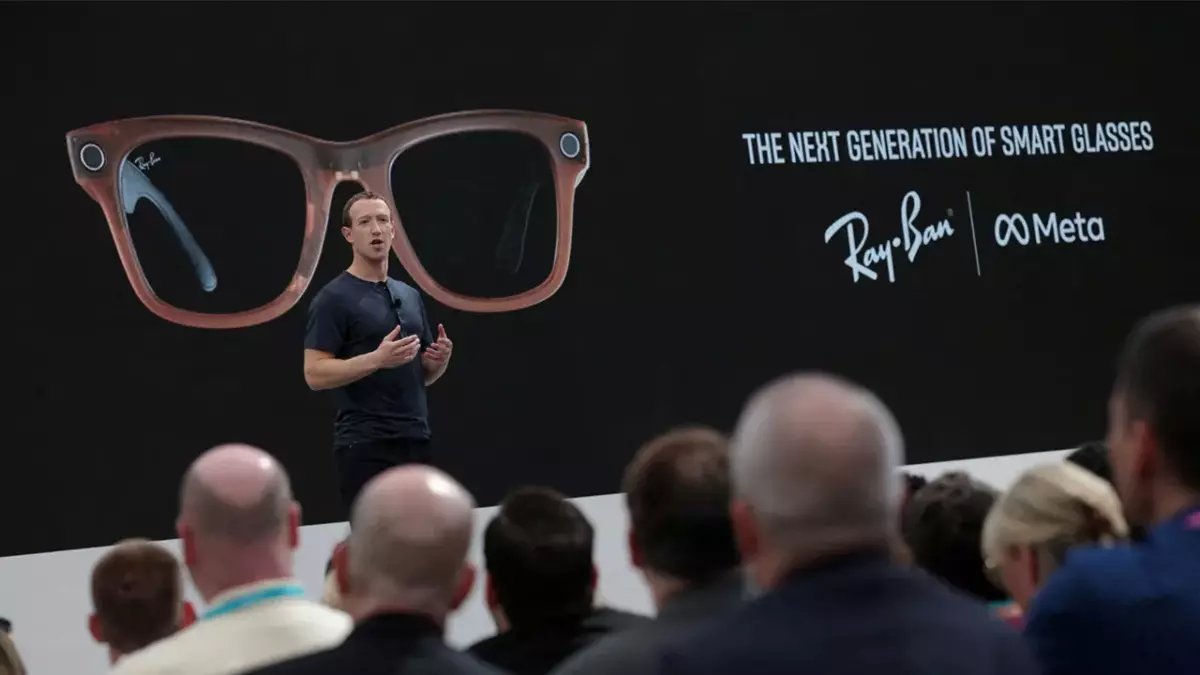In the modern world, investors should pay attention to every detail when it comes to investing their money into various companies. It is recommended to have a least general understanding of the required rate of return (RRR). The RRR is the minimum return an investor will accept for owning a company’s stock, as compensation for a given level of risk associated with holding the stock. Moreover, it is used in corporate finance to analyze the profitability of potential investment projects.
Interestingly, the RRR is also known as the hurdle rate. As in the case of the required rate of return, the hurdle rate denotes the appropriate compensation needed for the level of risk present. Unsurprisingly, riskier projects usually have higher hurdle rates or RRRs, than those that are less risky.
There are several ways to calculate the RRR-either using the dividend discount model (DDM) or the capital asset pricing model (CAPM).
Let’s start with the dividend discount model. For example, if investors are considering buying equity shares in a company that pays dividends, the DDM is ideal. Interestingly, it calculates the RRR for equity of a dividend-paying stock by utilizing that current stock price. It also utilizes the dividend payment per share and the forecasted dividend growth rate.
The formula is quite simple, RRR= (Expected dividend payment/Share Price) + Forecasted dividend growth rate. To calculate the required rate of return using the DDM:
- Take the expected dividend payment and divide it by the current stock price.
- Add the result to be forecasted dividend growth rate.
Required rate of return and the capital asset pricing model
Now, let’s move to the capital asset pricing model. This model is typically used by investors for stocks that do not pay dividends. The capital asset pricing model of calculating RRR uses the beta of an asset. As a reminder, beta is the risk coefficient of the holding. To put it another way, beta attempts to measure the riskiness of a stock or investment over time. Importantly, stocks with betas greater than 1 are considered riskier than the overall market (often represented by a benchmark equity index). The situation is different when it comes to stocks with betas less than 1.
The CAPM model also uses the risk-free rate of return, which is typically the yield on short-term U.S. Treasury securities. Moreover, the final variable is the market rate of return, which is typically the annual return of the S&P 500 index.
The formula for the required return of return using the CAPM model is as follows:
RRR= Risk-free rate of return + Beta X (Market rate of return – Risk-free rate of return).
To calculate RRR using the capital asset pricing model:
- People should subtract the risk-free rate of return from the market rate of return.
- Multiple the above figure by the beta of security.
- Add this result to the risk-free rate to determine the RRR.
RRR and its importance
The RRR plays an important role in the modern world. It is a key concept in equity valuation as well as corporate finance. Undoubtedly, the RRR is a difficult metric to pinpoint due to the different investment goals and risk tolerances of individual investors and companies. Inflation expectations, risk-return preferences, as well as a company’s capital structure, play an important role in deciding the company’s own required rate. Factors stated above, can have major effects on a security’s intrinsic value.
For people using the CAPM formula, the RRR for a stock with a high beta relative to the market should have a higher RRR. Notably, the higher required rate of return relative to other investments with low betas is vital to compensate investors for the added level of risk linked with investing in the higher beta stock.
In other words, the RRR is partially calculated by adding the risk premium to the expected risk-free rate of return to account for the added volatility and subsequent risk.
In the case of capital projects, the RRR is useful in determining whether to pursue one project versus another. To accurately calculate it and make it more meaningful, investors must also consider their cost of capital. They should take into account the return available from other competing investments. Investors should not forget about inflation when it comes to the RRR analysis as well. After taking into consideration all factors, it will be possible to obtain the real (or inflation-adjusted) rate of return.
Interesting facts
It is possible to use the required rate of return in capital budgeting projects. But the RRR is not the same level of return that is necessary to cover the cost of capital. As a reminder, the cost of capital is the minimum return needed to cover the cost of debt and equity issuance to raise funds for the project. It is the lowest return needed to account for the capital structure. Potential investors should not forget that the required rate of return should always be higher than the cost of capital.
Furthermore, the RRR calculation doesn’t factor in inflation expectations since rising prices erode investment gains. Nonetheless, inflation expectations are subjective and can be wrong.
Besides, the RRR will vary between investors with different risk tolerance levels. Unsurprisingly, a retiree will have a lower risk tolerance than an investor who recently graduated from college. Consequently, the RRR is a subjective rater of return.
It is worth noting that, the RRR does not factor in the liquidity of an investment. Investors should also keep in mind that, if an investment can’t be sold for a period of time, the security will likely carry a higher risk than one that’s more liquid.
Moreover, comparing stocks in different industries can be hard since the risk or beta will be different. As in the case of any financial ratio or metric, it is better to utilize multiple ratios in your analysis when considering investment opportunities.









COMMENTS